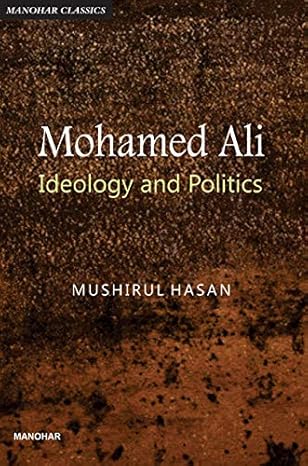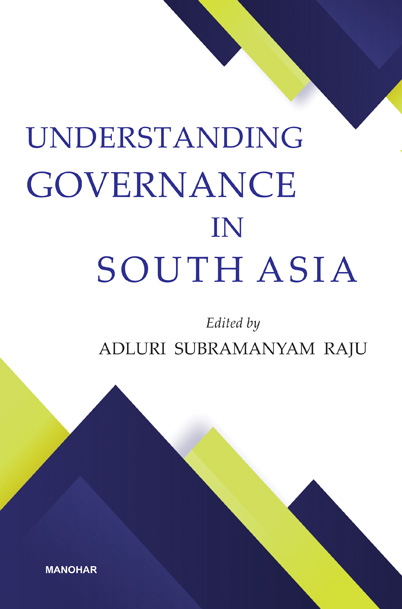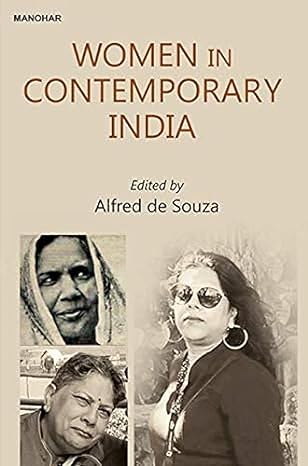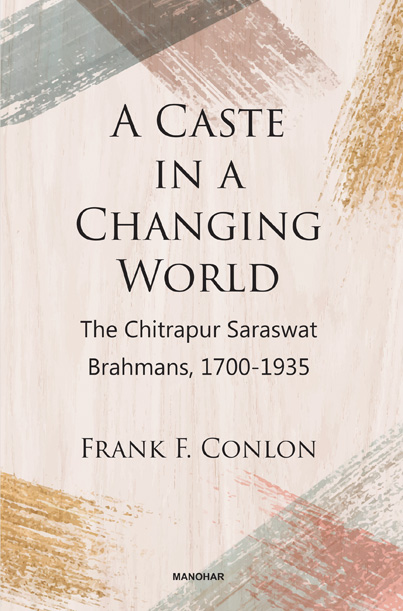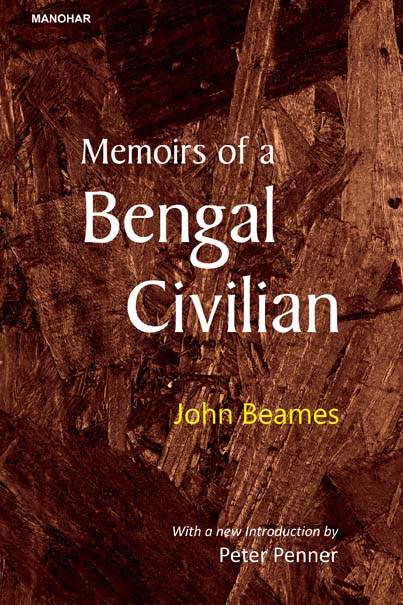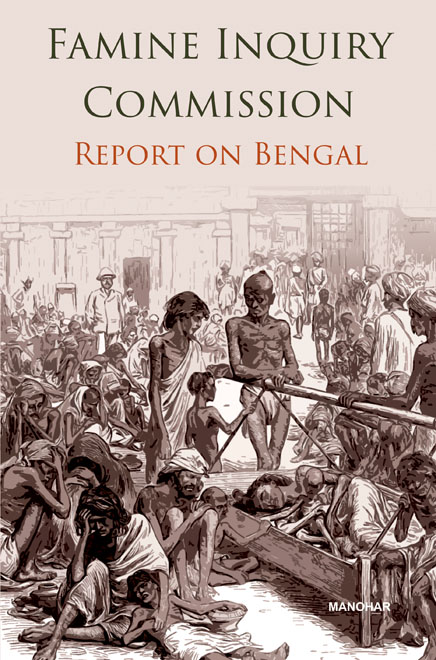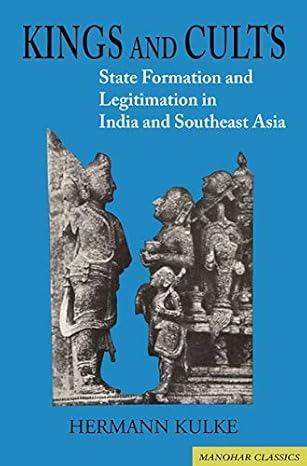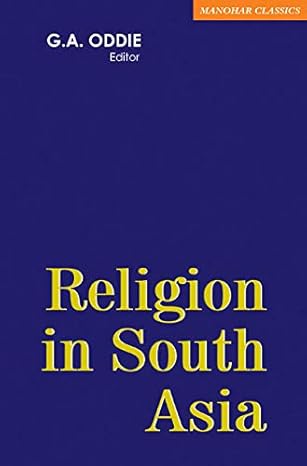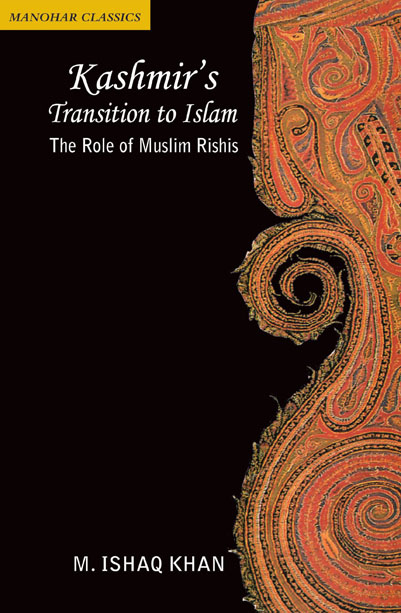History
Featured Products
Women in Contemporary India: Traditional Images and Changing Roles
₹896.25
M.R.P.:₹ 1,195.00
You Save: ₹298.75 (25.00% OFF)
Delhi Fort: A Guide to the Buildings and Gardens
₹505.75
M.R.P.:₹ 595.00
You Save: ₹89.25 (15.00% OFF)
A Caste in a Changing World: The Chitrapur Saraswat Brahmans, 1700-1935
₹1,015.75
M.R.P.:₹ 1,195.00
You Save: ₹179.25 (15.00% OFF)
Famine Inquiry Commission: Report on Bengal
₹977.50
M.R.P.:₹ 1,150.00
You Save: ₹172.50 (15.00% OFF)
Kings and Cults: State Formation and Legitimation in India and Southeast Asia
₹1,196.25
M.R.P.:₹ 1,595.00
You Save: ₹398.75 (25.00% OFF)
Religion in South Asia: Religious Conversion and Revival Movements in South Asia in Medieval and Modern Times
₹746.25
M.R.P.:₹ 995.00
You Save: ₹248.75 (25.00% OFF)
Kashmir's Transition to Islam: The Role of Muslim Rishis
₹1,100.75
M.R.P.:₹ 1,295.00
You Save: ₹194.25 (15.00% OFF)


